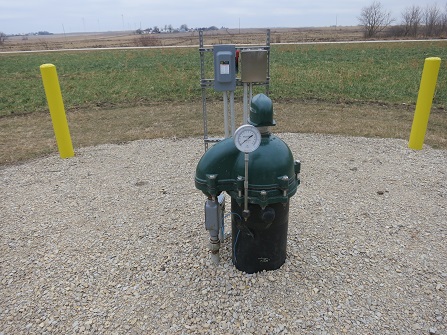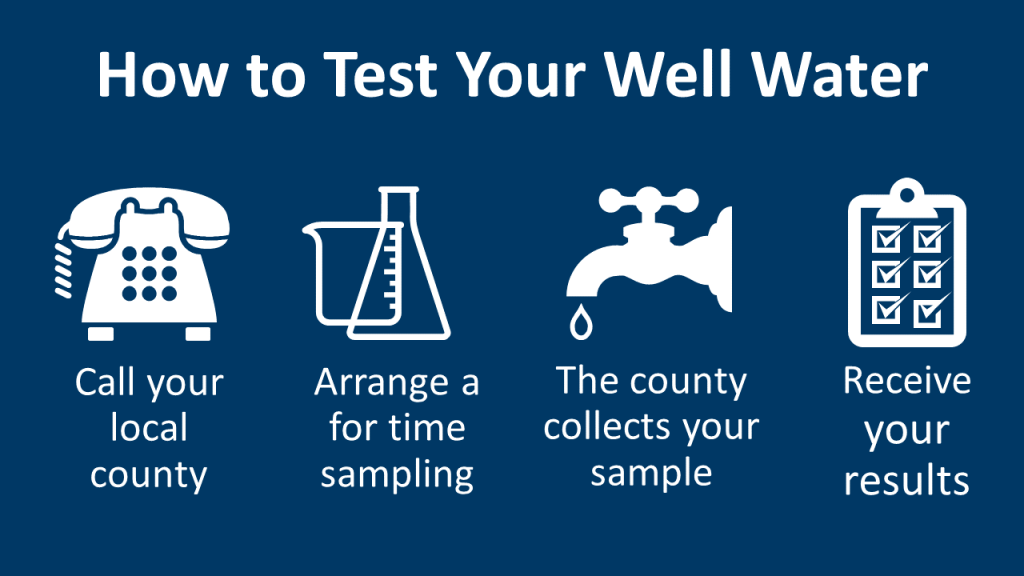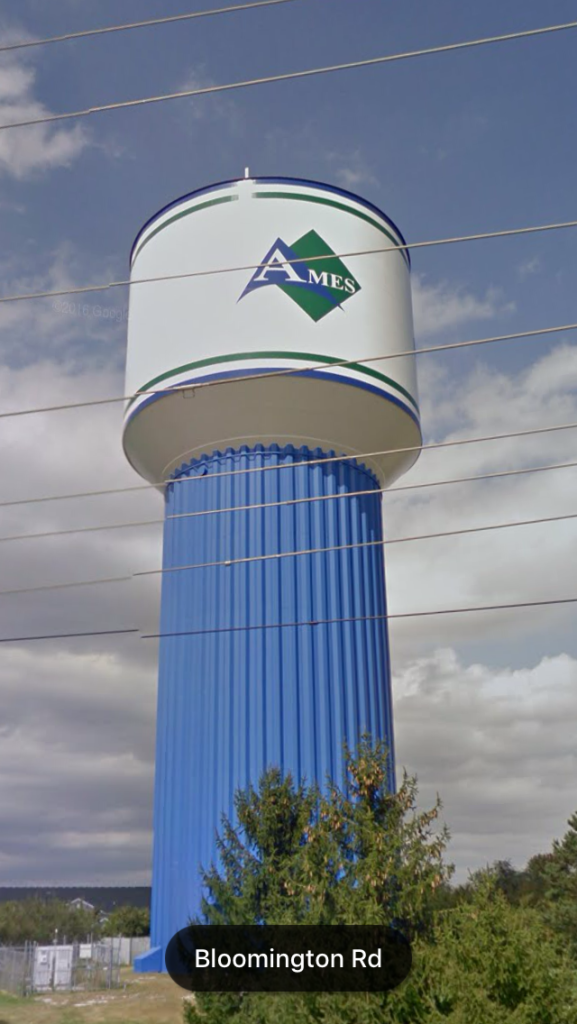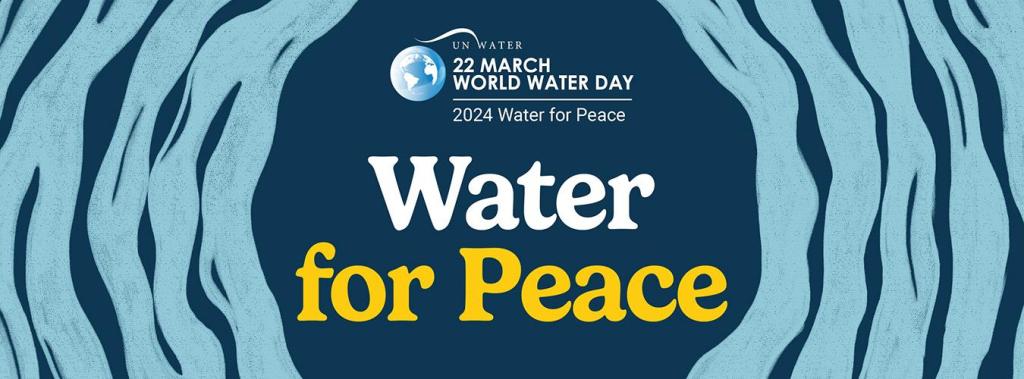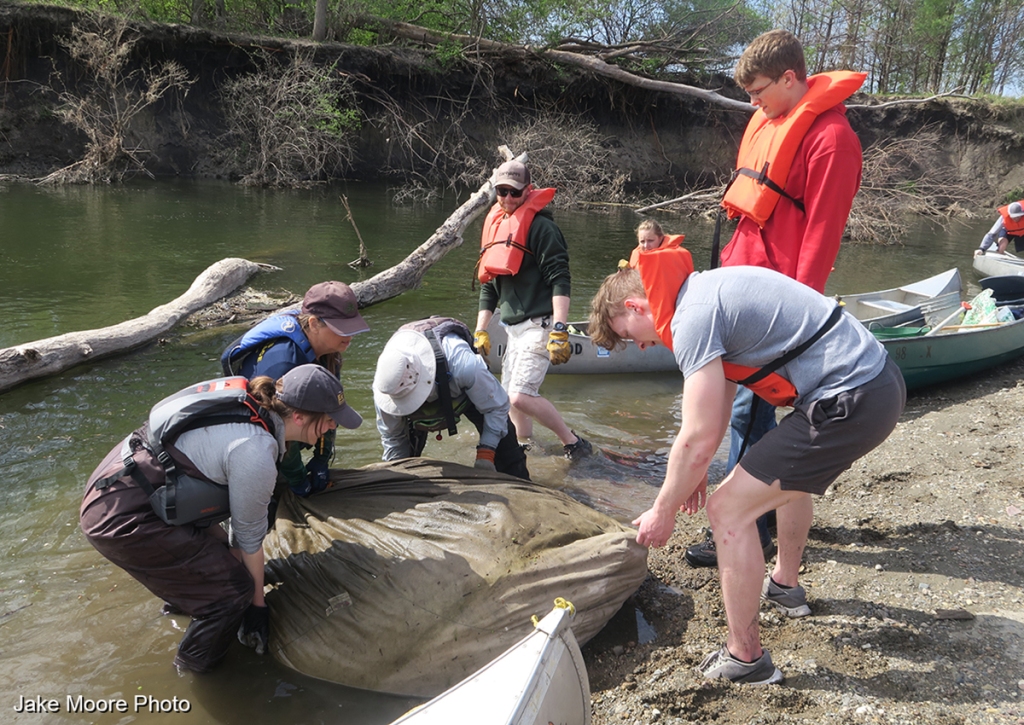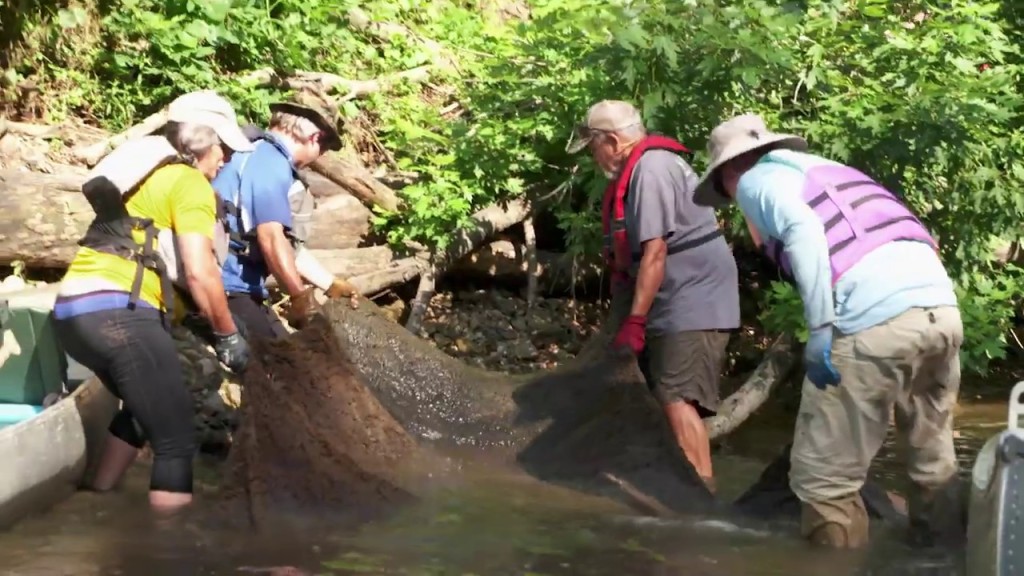Hi everyone! It’s Angela, the Live Green! Social Media Engagement Intern. Our March campaign is entitled Get on the Clean Water Wave. This month is dedicated to discussing the importance of having clean water and the impact it has on the world. World Water Day is on March 22, so what better month to talk about all things water? Read on to learn more about the importance of clean water management and sanitization, how to protect water and more!
Why is Clean Water Important?
According to the Environmental Protection Agency (EPA), “Clean water is vital to our health, communities and economy.” It is essential in order to sustain the well-being of communities all over the world. Clean water ties into all three facets of sustainability: Environmental, economic and social.
Environmental
Water that is not managed properly can lead to a number of health risks, such as cholera, diarrhea, dysentery, hepatitis A, typhoid and polio. In fact, if the management of urban, industrial and agricultural wastewater is poor, the drinking water of hundreds of millions of people becomes contaminated or chemically polluted. It is overwhelming to think that all these diseases are made possible from drinking water, but unfortunately that is the truth. A constant, conscious effort is vital to ensure the proper and efficient management of water.
Economic
Clean water also has an impact on the economy. People spend less time and effort collecting water when it comes from the right sources, allowing them more time to be productive in other ways, as well as reducing risk of injury. People are also less likely to get sick and have to pay for medical treatment and costs.
Social
Additionally, clean water affects social aspects of life. Access to clean drinking water results in having better health, leading to accessibility to do more things. In addition, with children being particularly at risk from water-related diseases, clean water can contribute to better school attendance and positive longer-term life impacts and opportunities.
To learn more about all these aspects and more, visit the Drinking Water factsheet on the World Health Organization (WHO) website.
History Behind Protecting Water
The quality of our water has an impact on all species and ecosystems worldwide, so it was important to establish rules and guidelines regarding clean water. The first significant U.S. law that addressed clean water and water pollution was the Federal Water Pollution Control Act of 1948. As concern for maintaining clean water grew over the years, the Clean Water Act followed in 1972 – which established the structure for regulating discharges of pollutants into U.S. waters and quality standards for surface waters. For more information on the history of the Clean Water Act, visit the History of the Clean Water Act page on the EPA website. To view a summary of the Clean Water Act standards, visit the Summary of the Clean Water Act page on the EPA website.
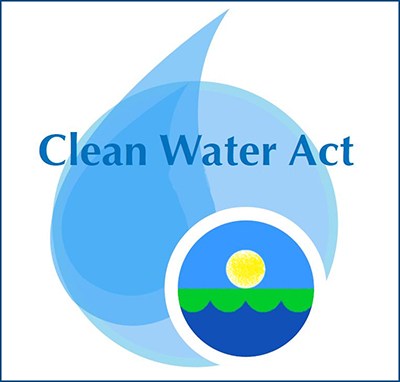
There is also the Clean Water Rule, which protects streams and wetlands that have the biggest impact on downstream water quality and form the foundation of our nation’s water sources. This was created to further strenghten the policies behind clean water. It defines and protects tributaries that impact the health of downstream waters, provides certainty in how far safeguards extend to nearby waters, protects the nation’s regional water treasures, focuses on streams and maintains the status of waters within Municipal Seperate Storm Sewer Systems. To learn more about the Clean Water Rule, see the Clean Water Rule factsheet from the EPA.
Water Quality in Iowa
According to the Iowa Department of Natural Resources (DNR), “From drinking water to wastewater, and from wetlands to lakes, ensuring clean water is an important priority for Iowa.” To get more information on conditions, testing, permits and more, visit the Water Quality page on the Iowa DNR website.
In 2021, 2.94 million Iowans were served by public water supplies, and the Iowa DNR recorded 1,842 public water supply systems. In the state of Iowa, there are two main sources of drinking water, public water supplies and private wells.
Public water supplies are intended to serve 25+ people and are regulated to maintain specific standards. The Iowa DNR compiles an annual report on violations to drinking water quality standards called the Iowa Drinking Water Program Annual Compliance Report.
Private water supplies serve less than 25 people per day and it is the responsibility of the well owners to maintain their well’s quality by undertaking actions such as annual testing for pollutants. To assist, all counties in Iowa participate in a program called Grants-To-Counties, which allows for free or low cost annual testing for private wells. The employees that test the wells are called Environmental Health Specialists or Sanitarians. You can find the contact information for your local sanitarian on this spreadsheet, which is updated frequently by the DNR. There is also the option of sampling your well yourself. The State Hygienic Lab offers testing kits that can be mailed right to your door. The fee for this test is usually $15-$18 per contaminent.
To learn more information about these sources of drinking water, visit the Drinking Water Quality in Iowa webpage on the ISU Extension and Outreach website.
Water Quality at ISU and in the Ames Community
So, how is the water quality in the Ames community? There are three areas of consideration and commitment related to water quality in Ames: Stormwater, drinking water and wastewater.
Stormwater
The City of Ames and ISU are leaders in stormwater management! In fact, Ames was the first town of more than 50,000 in Iowa to receive a permit for expanded stormwater initiatives! Stormater run-off is precipitation that falls to the ground and comes in contact with soilds, greases, debris and other contaminants. Run-off is one of the leading issues in maintaining water quality, and policies regarding stormwater management and irrigation practices are reviewed and revised on an ongoing basis. To learn more about stormwater in Ames, visit the Water webpage under the Campus Initiatives tab on the Live Green! Website.
Drinking Water
There is a safe supply of drinking water in the City of Ames. The city monitors various parameters regularly to make sure drinking water remains safe. There are microbiological standards that mandate no more than 5.0% of all samples can be total coliform-positive in a month, and every sample that does test positive must be analyzed. Lead and copper are also regulated by a treatment technique which requires systems to control the corrosiveness of their water. If more than 10% of samples exceed the action level, water systems have to take action. The city diligently tests for per-and polyfluoroalkyl substances (PFAS) as well, which are a class of manmade chemicals that include more than 12,000 individual chemicals. Drinking water in Ames is also free from Chromium-6 and has significantly low nitrate levels. To learn more about the diligence in ensuring safe drinking water in the City of Ames, visit the Drinking Water Quality Data page on the City of Ames website!
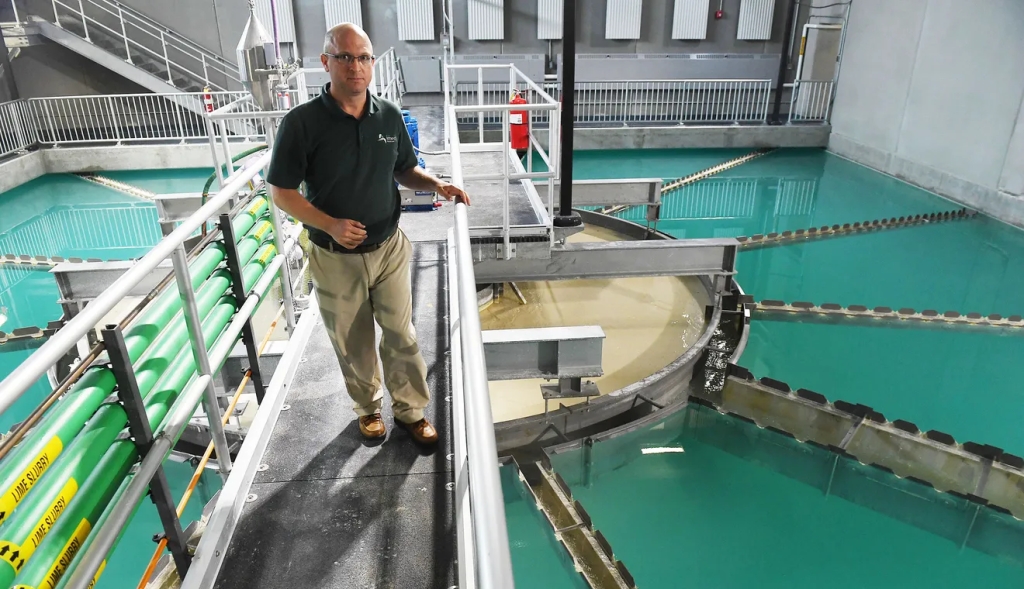
Wastewater
The wastewater in the City of Ames is properly and precisely maintained as well. The Ames Water Pollution Control Facility is an advanced secondary treatment facility that uses physical and biological treatment methods to sustainably reduce organic materials, oxygen demand, solids and ammonia before discharging treated effluent into the Skunk River. The facility provides treatment to over 18,000 homes and businesses in Ames. Additionally, services are provided to National Centers for Animal Health and Iowa State University, as well as the city of Kelley. This detailed diligence has earned the Water Pollution Control Facility the award for outstanding compliance with discharge elimination systems for the 32nd consecutive year! To learn more about wastewater treatment in the City of Ames, visit the Water Pollution Control Facility webpage on the City of Ames website!
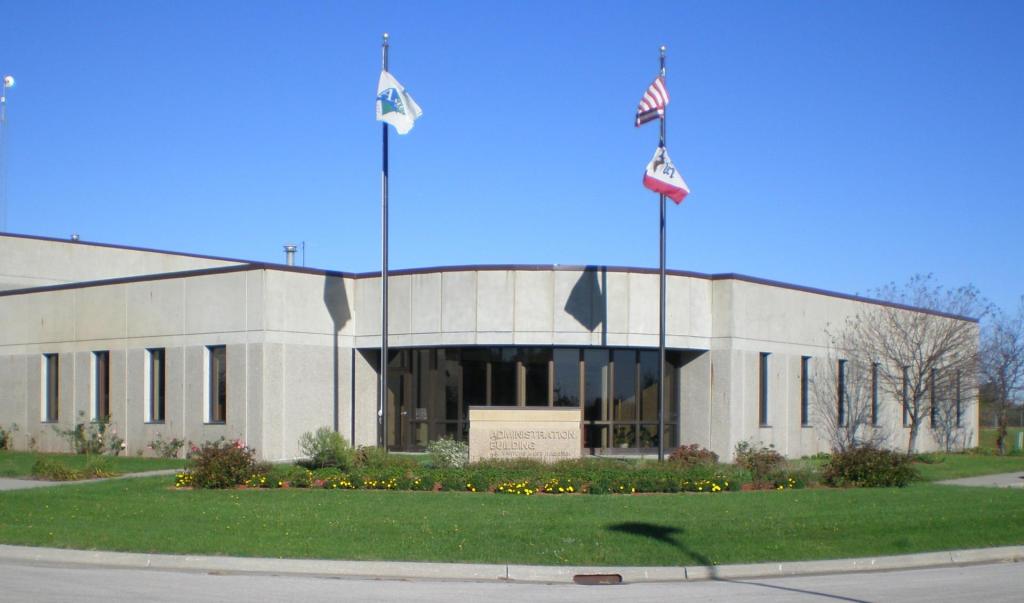
Opportunities to Support Clean Water
There are a variety of opportunities for all community residents to keep our water clean. The Natural Resources Defense Council (NRDC) offers six ways to get started.
- Stormwater flows across materials, such as concrete or asphalt, and can bring those materials into storm drains. Stop these potential streams of pollution by incorporating gravel, paver stones, wood or other porous materials into landscaping, to slow and absorb the flow of stormwater.
- Do not flush neodegradable products, like baby wipes or plastic tampon applicators or dispose of unused medications in the toilet. All of these can cause challenges in sewage treatment facilities and the sewage treatment process.
- Do not dispose of household products containing toxic ingredients (paint, oil, chemical cleaners, etc.) down the drain to contaminate the water supply.
- Scoop up and properly dispose of pet waste. It is not only courteous and responsible, it also prevents the waste from going into storm drains and water supplies.
- Keep your car maintained. Good car maintenance reduces the possiblity of leaking oil, coolant, antifreeze and other liquids that are carried by rainwater to groundwater supplies.
- Polluting practices will continue if awareness is not increased. If you see suspicious behavior, connect with a local resource that can help. Local contacts for Ames and the state of Iowa include the Iowa DNR, ISU Environmental Health and Safety or City of Ames Water & Pollution Control. You can also contact the Clean Water Network or Waterkeeper Alliance.
Find additional information on the 6 Ways You Can Help Keep Our Water Clean webpage on the NRDC website.
What is World Water Day?
World Water Day is an annual United Nations observance, held on March 22, that focuses on the importance of freshwater. World Water Day celebrates water and inspires people to take action on the global water crisis. On this day, people and organizations participate in this global campaign by hosting events and promoting water protection through communications, advocacy and social media. To learn more about the World Water Day and its background, visit the Background tab on the United Nations World Water Day website.
2024 World Water Day Theme: Water for Peace
The theme for World Water Day 2024 is “Water for Peace.” Here are the key messages behind this theme and the campaign from the United Nations:
- Water can create peace or spark conflict. When water is scarce or polluted, or when people struggle for access, tensions can rise. By cooperating on water, we can balance everyone’s water needs and help stabilize the world.
- Prosperity and peace rely on water. As nations manage climate change, mass migration and political unrest, they must put water cooperation at the heart of their plans.
- Water can lead us out of crisis. We can foster harmony between communities and countries by uniting around the fair and sustainable use of water – from United Nations conventions at the international level, to actions at the local level.
There are so many different ways to get involved! The United Nations website is a great place to start. Visit their website for a list of resources to get connected and involved, as well as more information about this year’s theme and the connection between water and peace.
Tips to Conserve and Protect Water in Our Daily Lives
Water is a sacred resource that everyone deserves to have access to and there are so many different ways to conserve within our daily routines. For example, turn off the tap while you are brushing your teeth or shaving, keep a pitcher of drinking water in the refrigerator instead of waiting for the tap to get cold, use a dishwasher instead of handwashing dishes (if available), take a shower instead of a bath (and be mindful of how long your showers take), only wash full loads of laundry and consider washing your car at facilities that support water efficiency, like Wild Water Car Wash in Ames, which is a certified Platinum Smart Business award winner! Learn about these water conservation tips and many more by visiting the Start Saving webpage on the EPA website.
In addition to doing things on your own to protect water, there are also so many different events and initiatives to be a part of! Four directly impactful events, coming up in the next few months, include Campus Service Day, Ioway Creek Trash Cleanup, College Creek Cleanup and Iowa Project AWARE events.
Campus Service Day, includes a number of volunteer opportunities to support ISU and the Ames community – one being a cleanup the section of College Creek flowing through campus. The cleanup is on April 13 and The Green Umbrella student organization is organizing and sponsoring this Service Day opportunity. Stay tuned to the Campus Service Council student organization website for more information or email The Green Umbrella President, Sage Coffman.
Ioway Creek Trash Cleanup is happening on April 20 from 9 a.m. to 1 p.m. This event is hosted by the City of Ames, the Outdoor Alliance of Story County, Prairie Rivers of Iowa, Skunk River Paddlers and Story County Conservation. Stay tuned to the City of Ames Calendar of Events for more information.
College Creek Cleanup happens in June. Every year, the Office of Sustainability partners with community businesses to outfit and support campus and community volunteers in cleaning up the entirety of College Creek, flowing through the Ames community. To see the impact of prior College Creek Cleanup’s, visit the College Creek Cleanup photo galleries on the Live Green! Website. Stay tuned to the College Creek event webpage on the Live Green! website for more information about this year’s event.
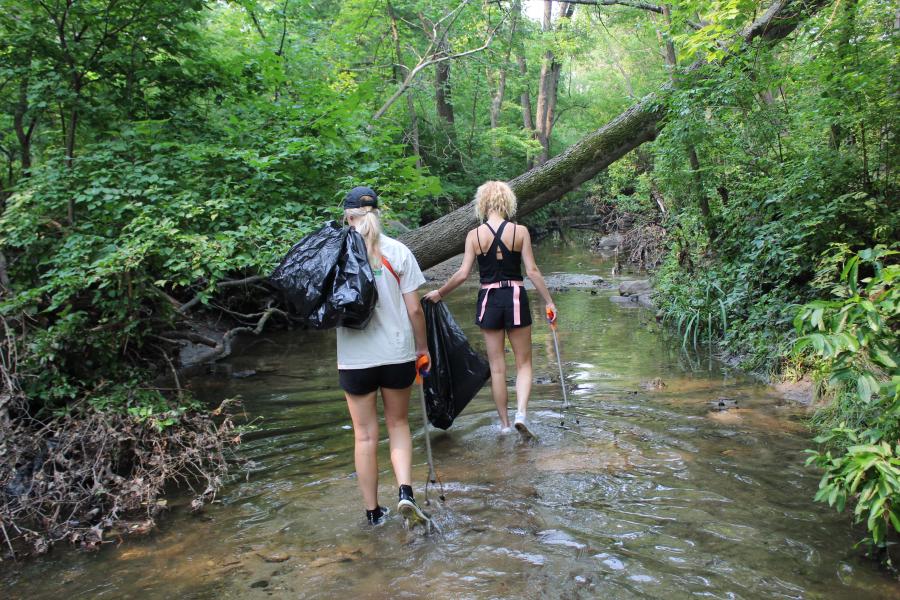
Iowa Project AWARE is the state’s largest river cleanup event. 2024 Iowa Project AWARE will be happening on July 7-12 on the Skunk River. To learn more about Iowa Project AWARE, visit the “Who We Are” tab on their website.
Clean water is essential to sustain communities all over the world, and working diligently and together is imperative to ensure the health and wellbeing of our water resources and ourselves.
I hope you enjoyed this month’s blog and learned something new. If you have any other questions regarding this topic or how to get involved, do not hesitate to reach out to any of us on the Live Green! Leadership Team.
Stay tuned for next month’s campaign, Celebrating Earth Month, and be sure to follow us on Instagram, Facebook and Pinterest for more information, resources and tips related to this month’s campaign.


